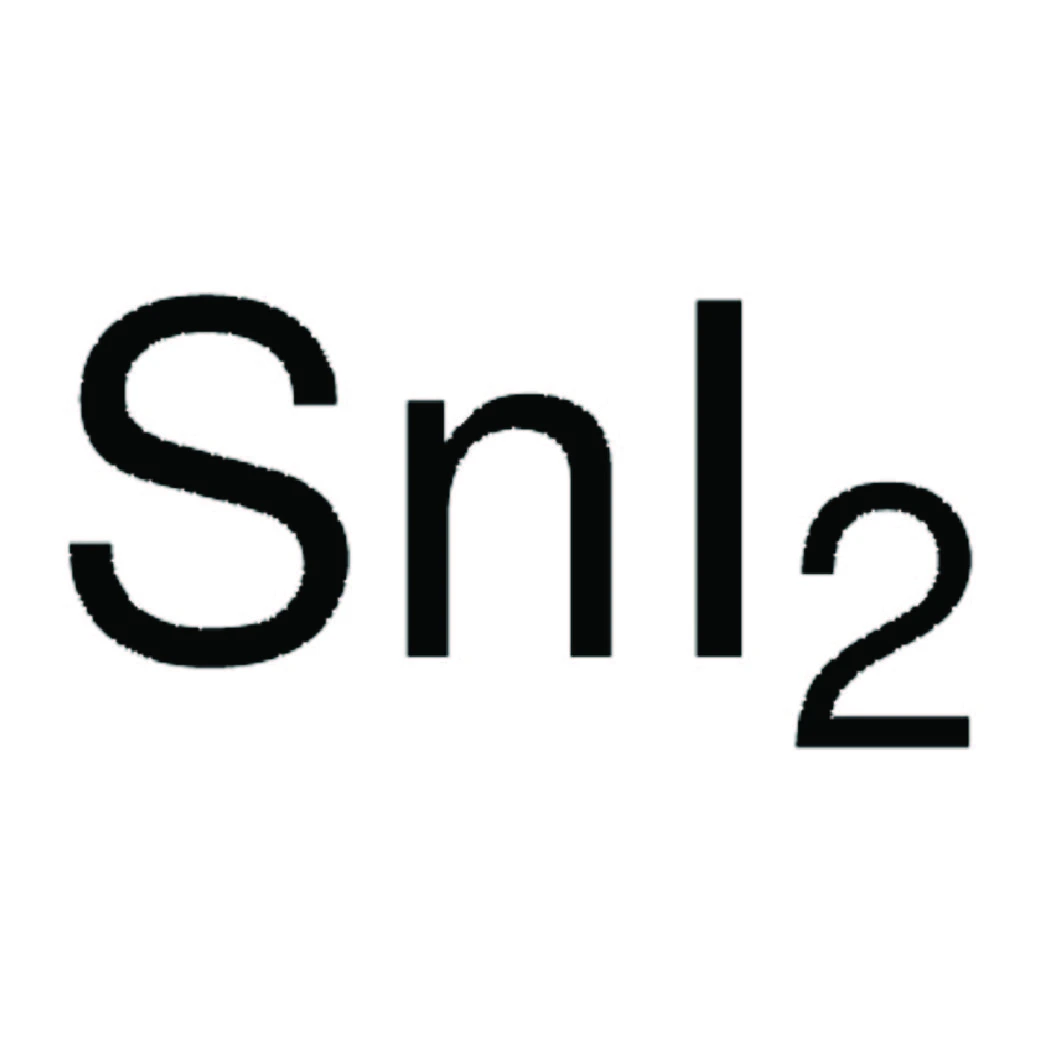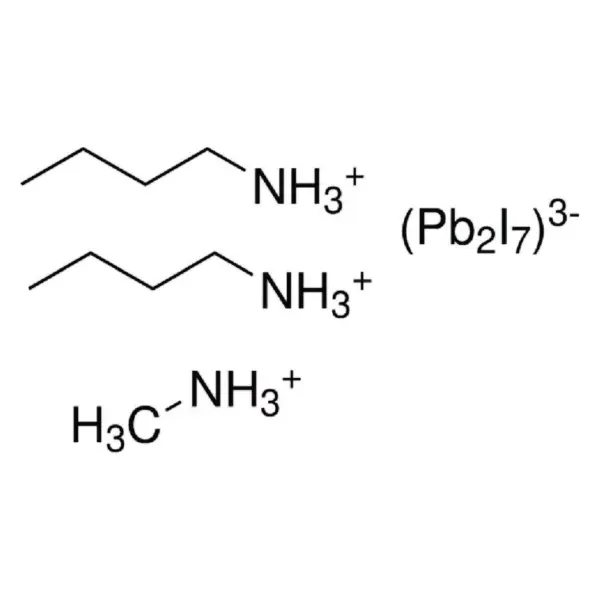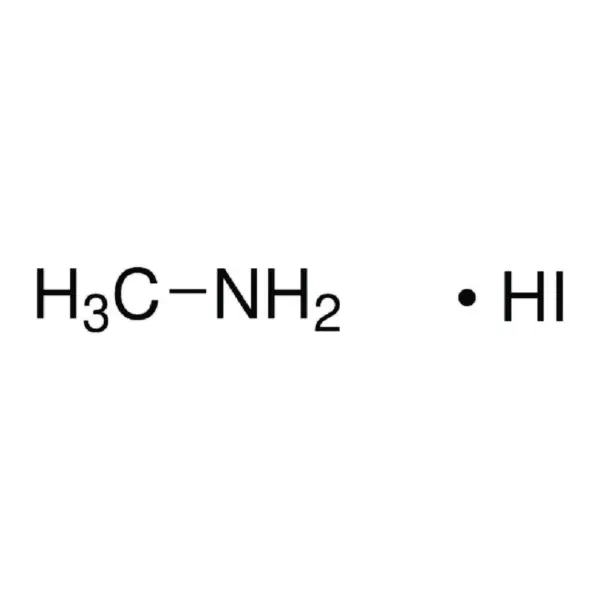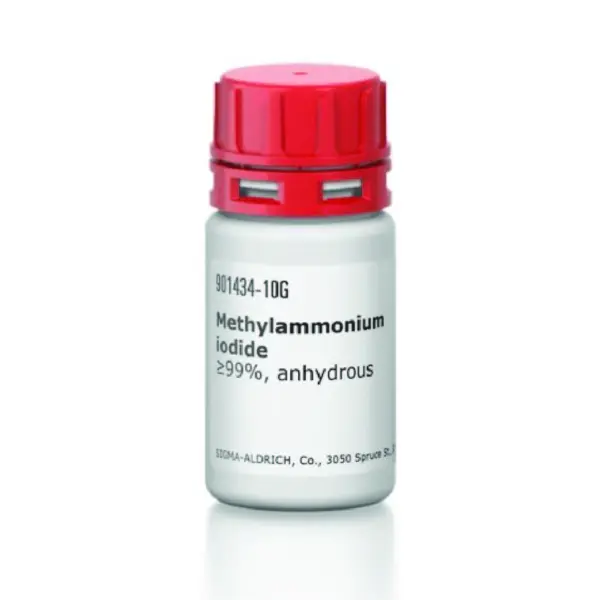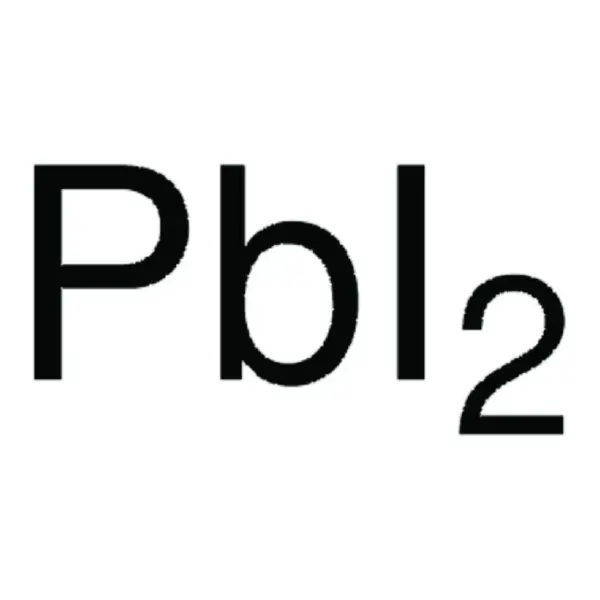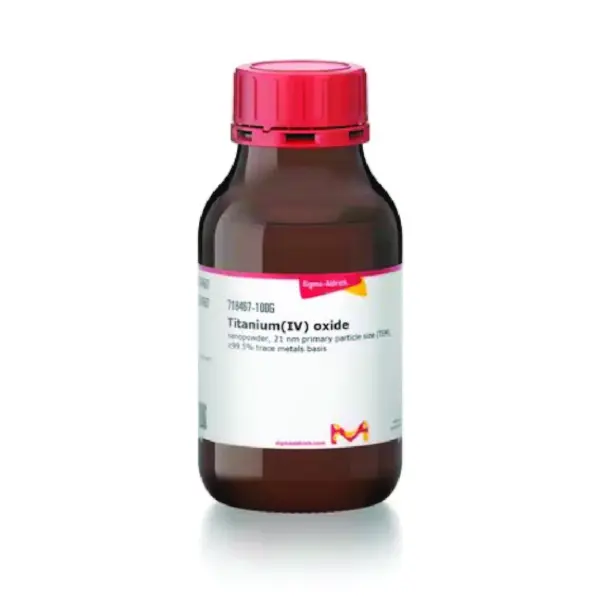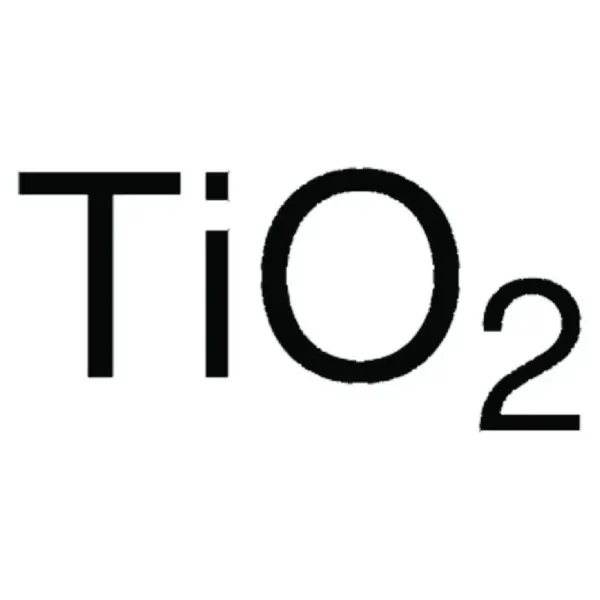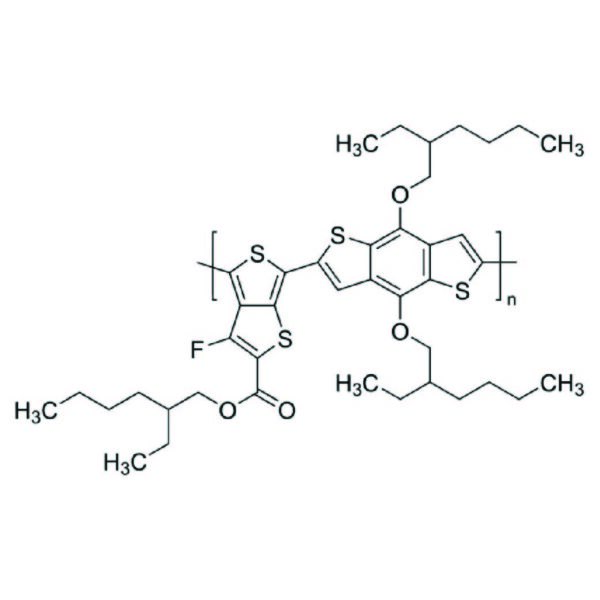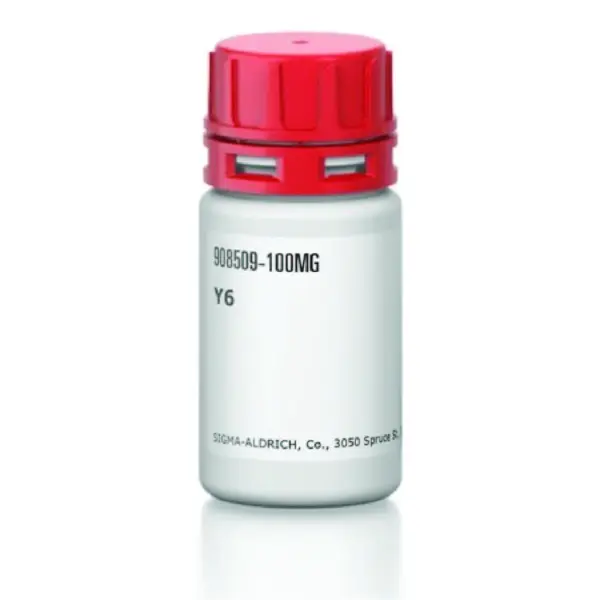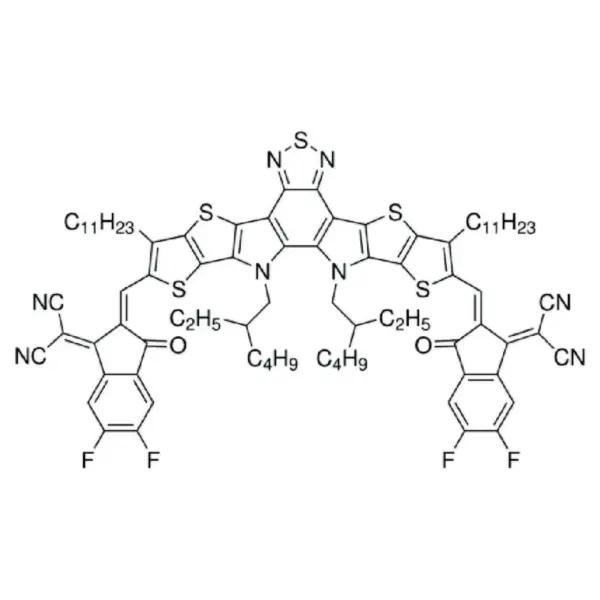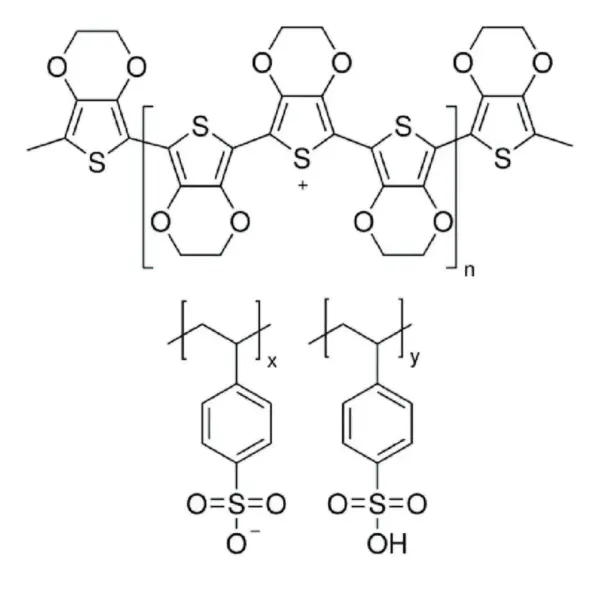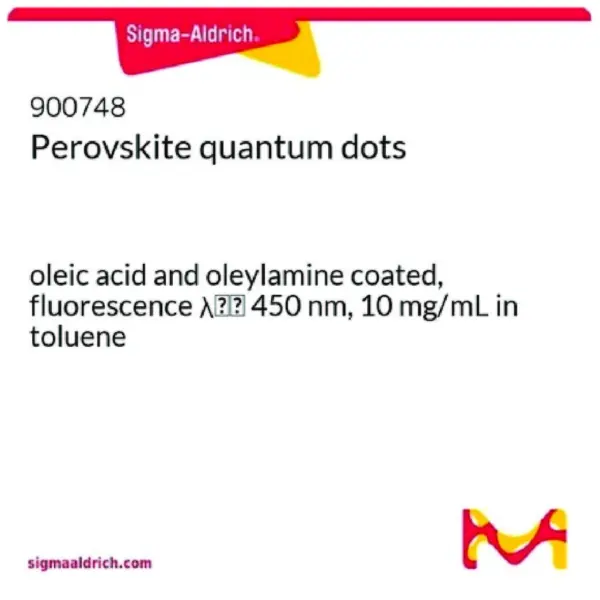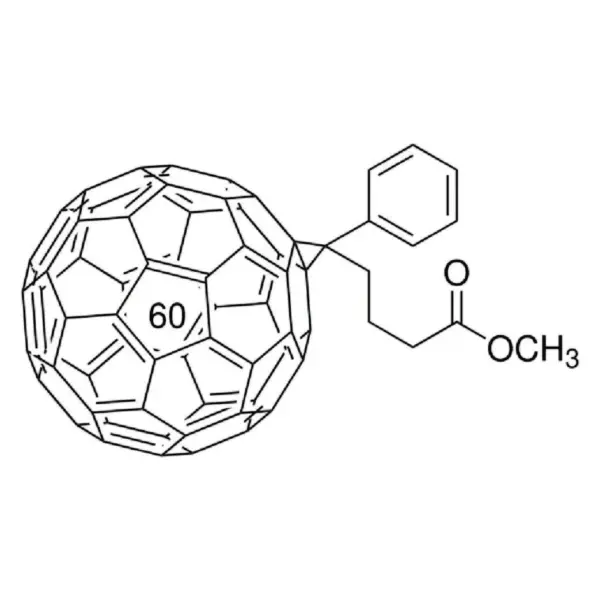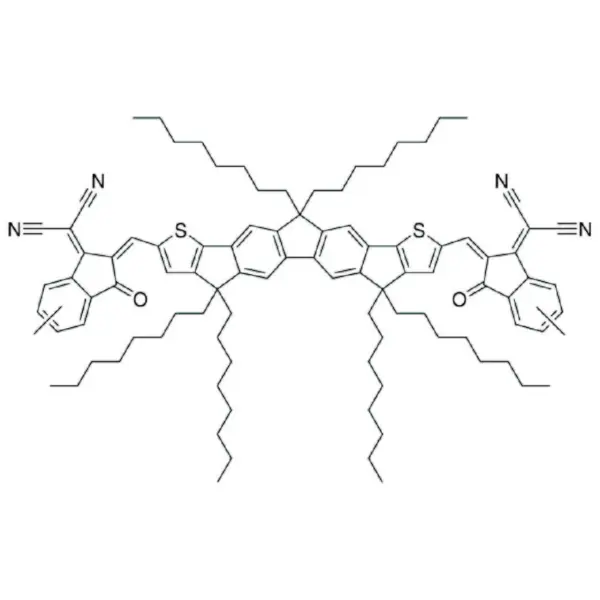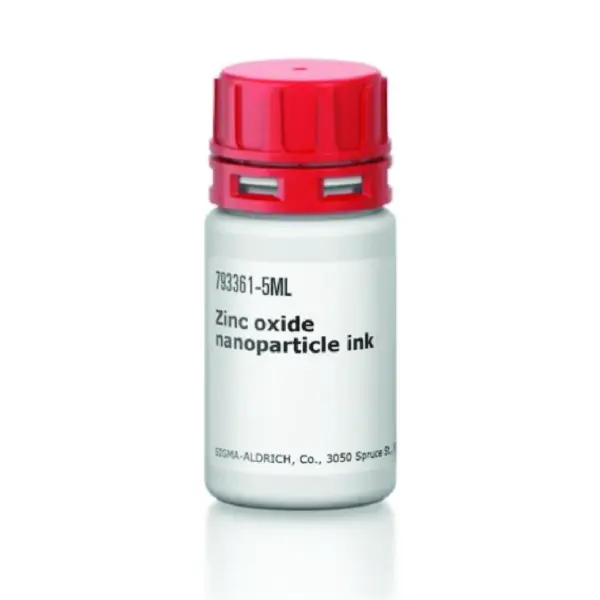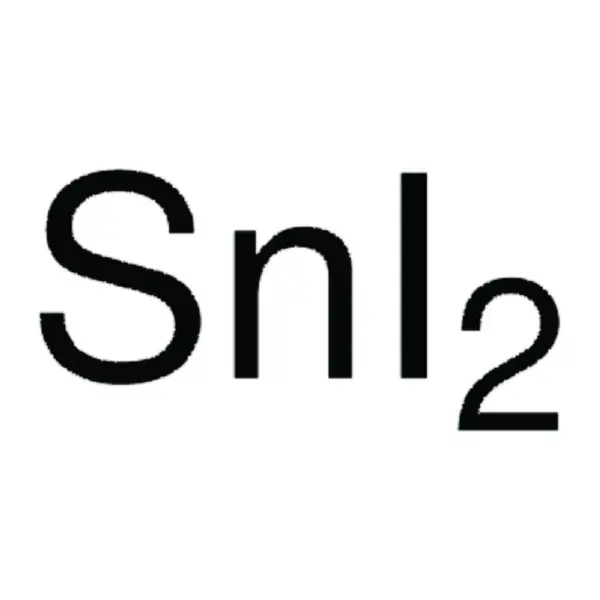| Product Code | Description | Product Size | Assay | Form |
| 409308-5G | Tin(II) iodide | 5G | 99.99% trace metals basis | Beads |
| 409308-25G-A | Tin(II) iodide | 25G | 99.99% trace metals basis | Beads |
Tin(II) iodide, AnhydroBeads™, −10 mesh, 99.99% trace metals basis (Sigma-Aldrich)
RM1,019.00 – RM3,180.00Price range: RM1,019.00 through RM3,180.00
Brand:
Sigma-Aldrich
Synonyms
Stannous iodide, Tin diiodide
General Description
Tin(II) iodide AnhydroBeads™−10 mesh, 99.99% trace metals basis, comes as beads with red to purple in colour with applications in semiconductor research, solar cells, material science, chemical synthesis, catalysis, and photonics. Tin (II) iodide is widely used as a precursor to prepare lead-free, non-toxic hybrid perovskite materials. Tin-based perovskites show excellent electrical and optical properties such as high charge carrier mobility, absorption coefficient, and small exciton binding energies.
Applications
Tin(II) iodide (SnI₂) is a versatile compound with a range of applications in research, particularly in semiconductor technology, solar cells, chemical synthesis, catalysis, etc. SnI₂ is used in perovskite solar cells as a precursor for tin-based perovskites or as an additive to improve device stability and performance. The addition of a small amount of 2D tin film induces well-defined orientation and superior crystallinity in formamidinium tin iodide (FASnI3) films. This results in the longer life of charge carriers and improves the performance of the hybrid perovskite solar cell (HPSC). It can also be used to prepare solution-processable lamellar hybrid
[CH3(CH2)11NH3]SnI3semiconductor.Its catalytic properties can be leveraged to develop new synthetic methodologies such as reductions, cyclisations, and coupling reactions. It is suitable to be use in photonic applications, including sensors and photovoltaic devices. It is used as a deposition material for preparing thin films for use in electronic and optoelectronic devices. Techniques like chemical vapour deposition (CVD) and physical vapour deposition (PVD) are explored for creating high-quality films. In a study, it is found that when a novel catalytic system comprised of tin sulfide (SnS) nanoflakes as a solid catalyst and tin iodide (SnI2) as a dual-functional electrolyte additive, the Li-air battery enables operating at high current rates up to 10 000 mA g−1 (corresponding to 1 mA cm−2). Also it has been observed that that the role of the SnI2 is not only reacting with the lithium anode to provide protection but reducing the charge potential by promoting catalytic decomposition of the Li2O2.
Features & Benefits
Tin(II) iodide AnhydroBeads™, −10 mesh, 99.99% trace metals basis is designed and tested under stringent dry manufacturing conditions to ensure low water content, trace metal purity of 99.99%, and low surface area-to-volume ratio. The salt possesses excellent electrical and optical properties such as high charge carrier mobility, absorption coefficient, and small exciton binding energies. The advantages of our AnhydroBeads™ salts are as follows:
1) Reduced uptake rate of environmental moisture minimises caking, dusting, and static buildup for repeated easy handling.
2) Higher crucible packing densities and lower volatility in high-temperature solid-state procedures.
3) Easier pneumatic loading of salts to sample chambers due to fewer clogging issues associated with powdered salt counterparts.
Legal Information
AnhydroBeads is a trademark of Sigma-Aldrich Co. LLC
| CAS Number | 10294-70-9 |
| Empirical Formula | SnI2 |
| Molecular Weight | 372.52 |
| Reaction suitability | Core: Tin |
| Assay | 99.99% trace metals basis |
| Impurities | ≤150.0 ppm Trace Metal Analysis |
| Particle size | −10 mesh |
 100% Authentic Guarantee
100% Authentic Guarantee| Dimensions | N/A |
|---|---|
| Brand | Sigma |
| Estimated Delivery Time | 3-6 weeks |

